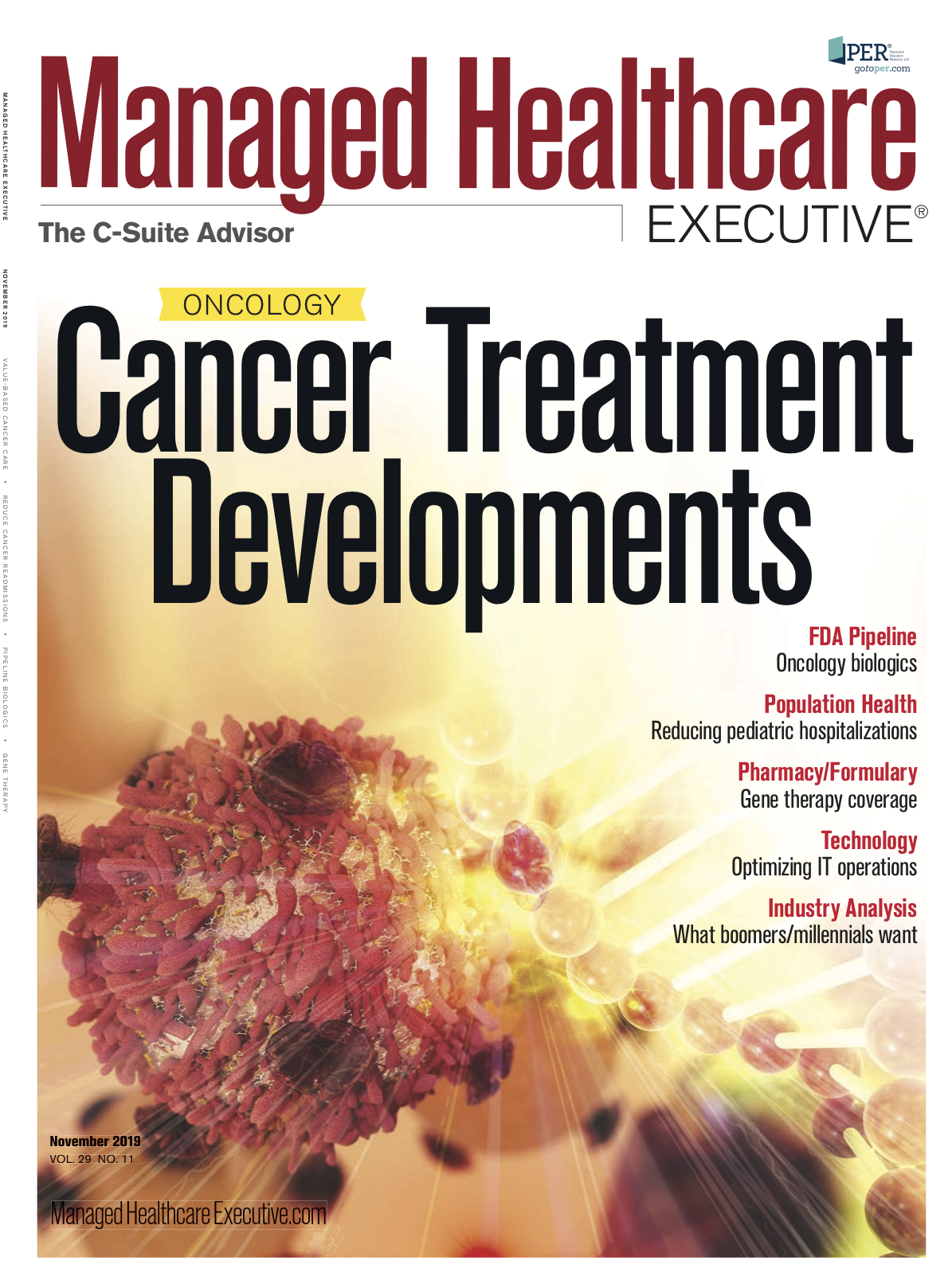Opinion: Navigating the Complexities of Value-Based Cancer Care
Predictable, seamless oncology care begins with an effective value-based reimbursement model.

Lili Brillstein

Cancer is among the most frightening diagnoses for patients to receive.
It is a daunting challenge for oncology treatment specialists, and a persistent challenge for policy makers, payers, and other parties charged with ensuring that high-quality, evidence-based, cost-effective care is delivered consistently for all patients.
In addition to the physical manifestations of oncologic disease and the often very difficult treatment side-effects, many patients experience significant financial distress as a result of their diagnosis and treatment.
Patients are also often left to navigate a complex and unclear labyrinth of healthcare services on their own during a period of intense physical and emotional vulnerability-the disjointed care that is one of the most unfortunate results of the prevailing fee for service payment methodology.
In an attempt to address these issues, many experts are evaluating the potential for adoption of value-based, collaborative care payment models such as Episodes of Care/Bundled Payments as an alternative to fee for service.
Value-based models are intended to improve patient outcomes and experiences.
They are also intended to reduce the overall cost of care by shifting focus from each unit of care rendered by every independent practitioner, also known as fee for service, to the comprehensive care rendered to each patient, across a full spectrum of providers.
The goal is to use a collaborative, multidisciplinary care model of providers who work to design practice guidelines and evidence-based algorithms that will reduce variation and optimize care, patient experiences and overall costs of care.
Success requires that all stakeholders involved, such as providers, payers and others, communicate and agree to their respective roles in delivering seamless, optimal care.
Developing value-based reimbursement models to support patients with cancer is significantly more complicated than for other kinds of healthcare episodes or conditions.
Unlike patients who are having surgical procedures which typically are one-time procedures with discrete triggering events, patients with cancer have wide variability in disease state and progression, significant differences in treatment options and outcomes and varying start and end points of treatment.
Despite these complexities, it is possible to design effective models.
Like any other episode of care model, it needs to be structured to clearly define which criteria qualify a patient to be in the episode of care, what services are included in the model and what the start and end points are for the episode.
Related: Trends in Value-based Care
For example, in the case of a diagnosis of Stage 1 metastatic breast cancer, the episode could begin on the date of diagnosis, first date of treatment or on another point of care. The episode might end at the completion of an agreed upon treatment protocol and appropriate follow-up, usually using an easily administered end point such as one year after diagnosis or other starting point.
One of the complicating factors in cancer is that stratification of the patient population requires more information than is typically on the claims data held by the payer. Because cancer-even of the same body part-is not a single diagnosis, it requires integrating clinical data with claims data in order to get to the bio-molecular level of disease-the precision required to allow clinicians to make meaningful decisions for patients with cancer.
This requires even more collaboration among clinicians and administrators than in other episodes.
Collaborative partnerships between providers, payers and other stakeholders engaged in patients’ care are critical to ensure that models are designed to allow clinicians to make the most well-informed decisions based on patients’ specific conditions and genetic and social markers.
It also requires continuous and ongoing review and communication to revise the model as new therapies and treatment options become available.
With an estimated 1.8 million new cancer diagnoses in 2019, according to the American Cancer Society, and total annual spending on cancer treatment in the United States projected to exceed $170 billion by 2020, it is critical that we assiduously work to develop models that support patients as they navigate this difficult diagnosis.
In addition, it’s important they receive the precise treatment therapies for their particular disease states and situations using the most cost-effective options for care.
These models are designed to improve outcomes, patient experiences, and manage overall costs of care, and they require commitment, transparency, and collaboration among engaged stakeholders.
Lili Brillstein, an editorial advisor for Managed Healthcare Executive, is a nationally recognized thought leader in the advancement of Episodes of Care as a value-based approach for specialty care. She is the CEO of BCollaborative, which works with stakeholders across the healthcare continuum to successfully make the move from fee-for-service to value-based healthcare.

In the Scope of Virtual Health and the Future of “Website” Manner, Per Ateev Mehrotra
August 10th 2023Briana Contreras, an editor of Managed Healthcare Executive, had the pleasure of catching up with MHE Editorial Advisory Board Member, Ateev Mehrotra, MD, MPH, who is a professor of healthcare policy at Harvard Medical School and an Associate Professor of Medicine and Hospitalist at Beth Israel Deaconess Medical Center.
Listen
In the Scope of Virtual Health and the Future of “Website” Manner, Per Ateev Mehrotra
August 10th 2023Briana Contreras, an editor of Managed Healthcare Executive, had the pleasure of catching up with MHE Editorial Advisory Board Member, Ateev Mehrotra, MD, MPH, who is a professor of healthcare policy at Harvard Medical School and an Associate Professor of Medicine and Hospitalist at Beth Israel Deaconess Medical Center.
Listen
2 Commerce Drive
Cranbury, NJ 08512
All rights reserved.